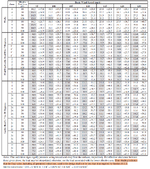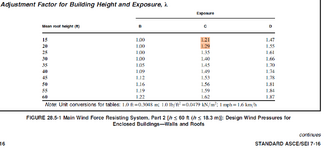YC611
Structural
- Oct 12, 2023
- 24
Hi all,
I have recently picked up a copy of "Design of Wood Structures" by Breyer, and I saw something in the Example 2.10 that does not look right to me.
The final inward pressures for some zones are less than 16 psf (which should be the minimum C&C wind pressure).
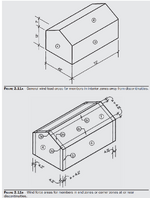
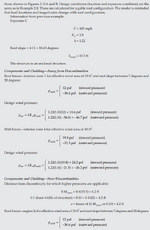
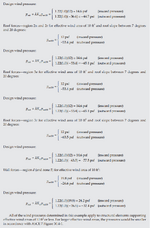
So, I checked the ASCE 7-16 Figure 30.4-1 and saw that it asks for the final values to be at least 16 psf. Is there any reason why the lower values used in the example?

Another question, why were the outward pressure that are less than 16 psf not shaded? Because they are suction? And is it the reason why the values less than 16 psf used in the examples because they are pushing against the members instead of away?

I have recently picked up a copy of "Design of Wood Structures" by Breyer, and I saw something in the Example 2.10 that does not look right to me.
The final inward pressures for some zones are less than 16 psf (which should be the minimum C&C wind pressure).



So, I checked the ASCE 7-16 Figure 30.4-1 and saw that it asks for the final values to be at least 16 psf. Is there any reason why the lower values used in the example?

Another question, why were the outward pressure that are less than 16 psf not shaded? Because they are suction? And is it the reason why the values less than 16 psf used in the examples because they are pushing against the members instead of away?


